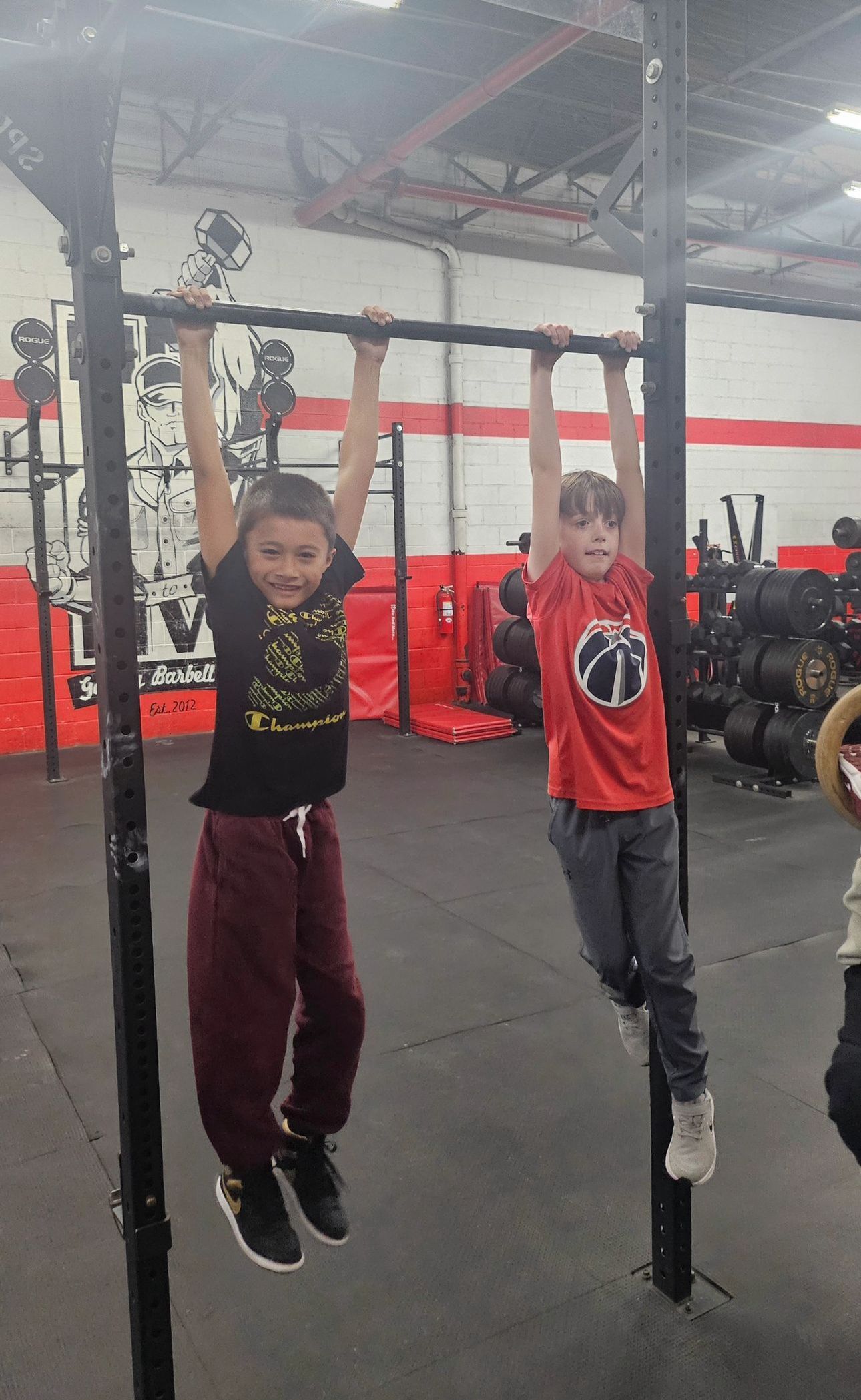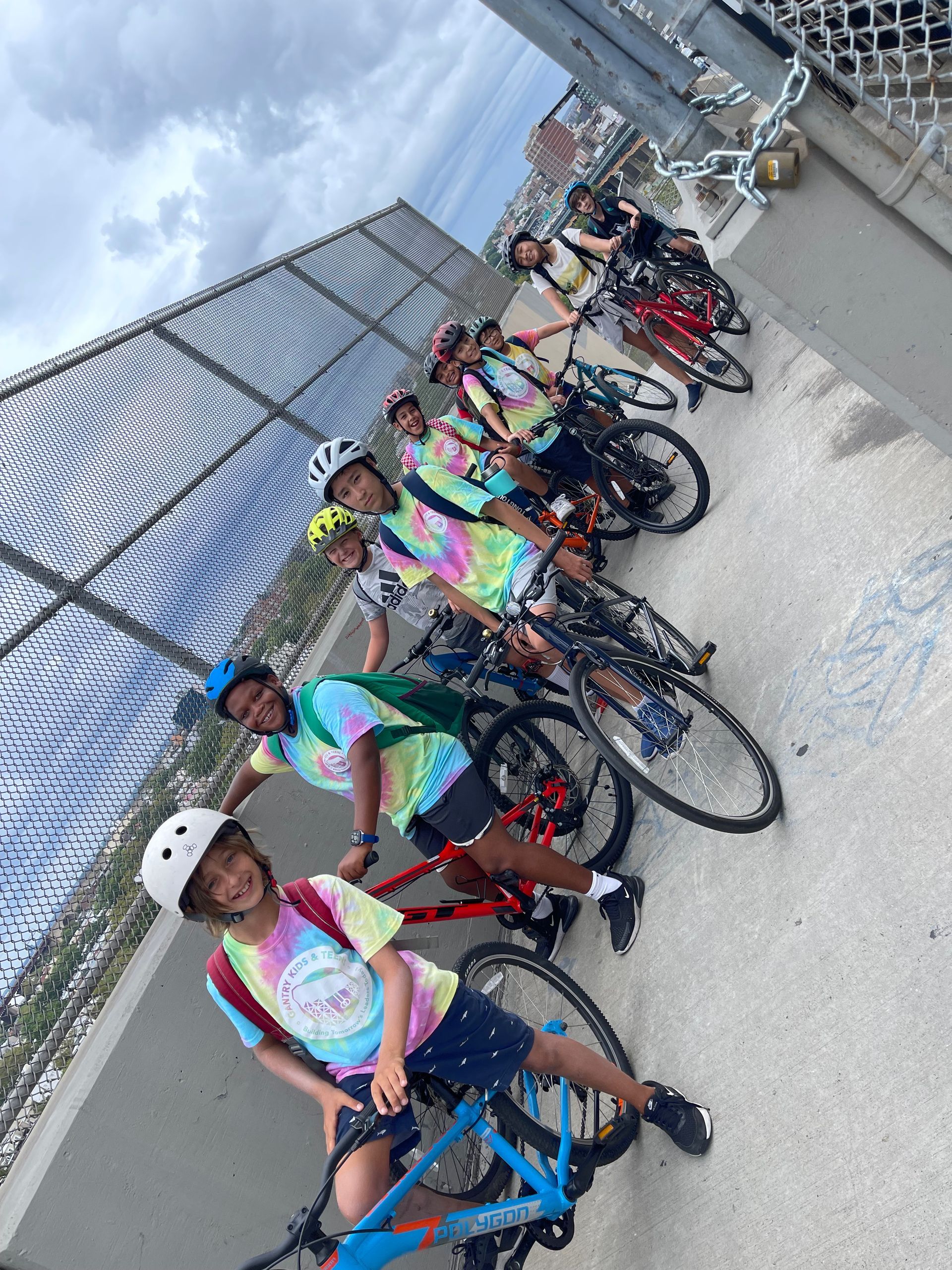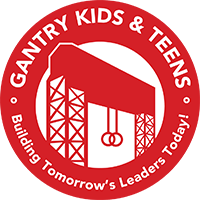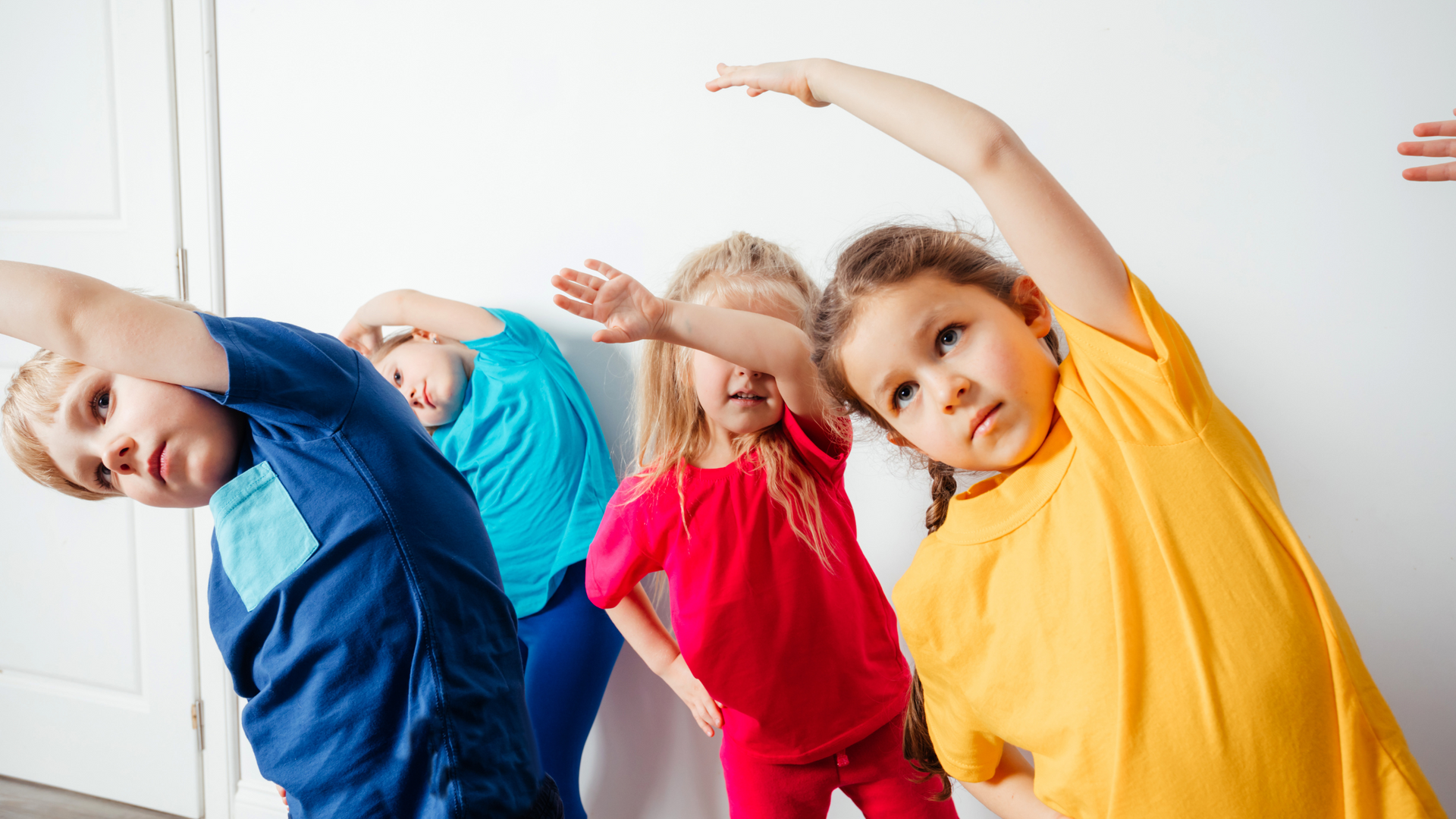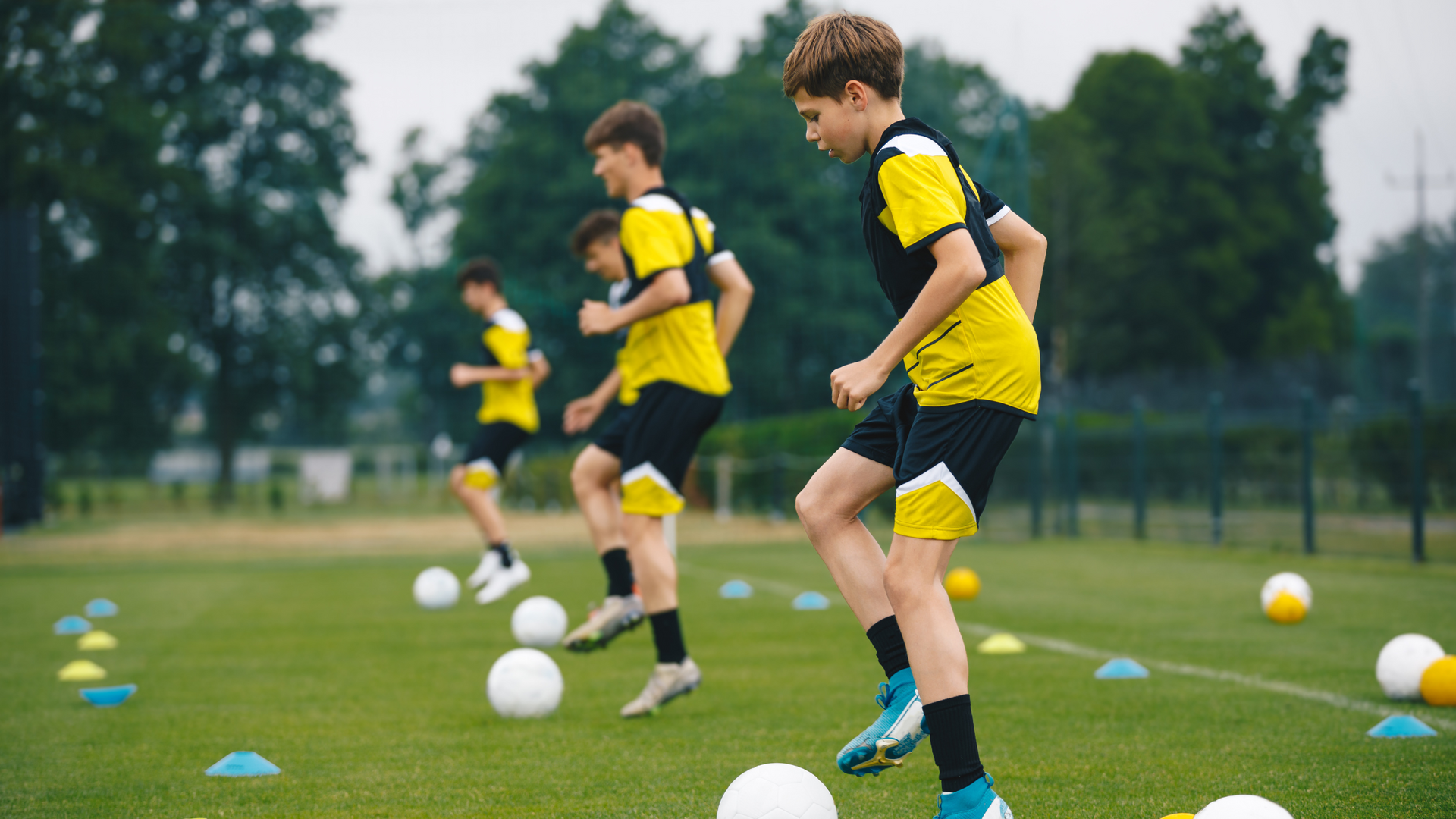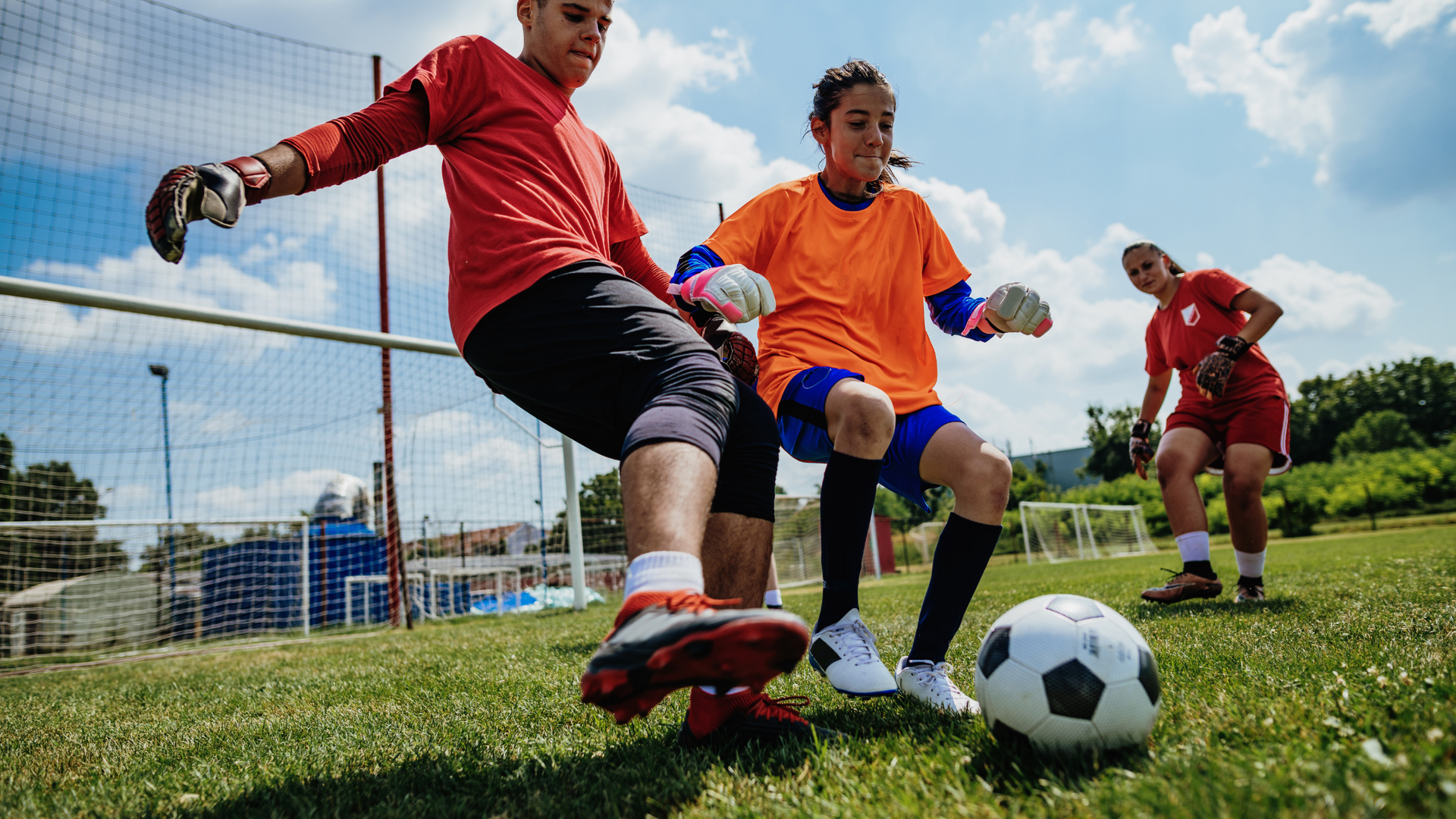Fun Family Activities to Get Your Kids Moving and Healthy
Is Your Family Ready for a Health Revolution?
Your entire family, laughing and having a blast, all while boosting their health and fitness. Sounds fantastic, doesn't it? Well, you're in luck! We've got a whole bunch of engaging family activities that will get everyone moving and healthy in no time. So, let's jump right in!
Why Active Family Time Matters
It's no secret that kids need exercise. But, did you know that adults also benefit from regular physical activity? By engaging in fun family activities, you can improve everyone's health and create lasting memories. Plus, you'll be setting a great example for your kids, showing them that exercise can be enjoyable.
Indoor Fun for the Whole Family
When the weather's not cooperating, don't let it stop your family from staying active. Here are some exciting indoor activities to keep everyone moving:
Dance Party: Crank up the tunes and let loose! Dancing is a fantastic way to work up a sweat and have a blast together.
Yoga: Introduce your kids to the calming practice of yoga. They'll improve flexibility and focus while you all unwind together.
Obstacle Course: Transform your living room into an obstacle course with pillows, furniture, and toys. Watch your kids' imaginations soar as they navigate the course.
Outdoor Adventures for the Family
Take advantage of the great outdoors and enjoy some fresh air with these exhilarating activities:
Nature Walks: Explore your local park or forest, and make it educational by identifying plants, trees, and animals.
Bike Rides: Dust off your bikes and helmets, and go for a family ride. You'll be covering miles and bonding at the same time.
Backyard Olympics: Organize a mini-Olympics in your backyard, complete with fun games like sack races, frisbee, and tug-of-war.
Team Up for Team Sports
Team sports are an excellent way to improve fitness while building teamwork and communication skills. Here are some popular options:
Soccer: Grab a ball and head to your nearest park for a friendly game of soccer. It's easy to learn, and everyone can join in.
Basketball: Shooting hoops is a fantastic way to work on coordination and have some friendly competition.
Kickball: This childhood favourite combines elements of soccer and baseball, making it perfect for a fun-filled family game.
Make Fitness Fun with Playful Workouts
Who says workouts have to be boring? Spice up your family's fitness routine with these enjoyable exercises:
Fitness Video Games: Invest in an active video game console like Wii Fit or Xbox Kinect, and watch your kids burn calories while having a blast.
Animal Races: Get silly and have a race where everyone pretends to be their favorite animal. You'll be surprised at how much fun this simple activity can be.
Treasure Hunt:
Plan a treasure hunt in your backyard or local park, complete with clues and hidden prizes. Your kids will be so focused on finding the treasure that they won't even notice they're exercising.
The Secret to Keeping Kids Engaged
Now that you've got a toolbox full of activities, how do you keep your kids coming back for more? The key is to keep things fresh and exciting. Mix up the activities, introduce new challenges, and most importantly, make it fun!
So, What Are You Waiting For?
Don't let another day go by without making fitness a priority for your family. Choose an activity, gather the troops, and get moving! You'll be amazed at the positive impact these fun family activities have on everyone's health and happiness. But don't stop there keep exploring new ideas and adventures, and watch your family grow stronger together.
Set Achievable Goals and Celebrate Success
One way to keep the momentum going is by setting realistic, achievable fitness goals for the entire family. Whether it's walking a certain number of steps each day, mastering a new yoga pose, or improving your basketball skills, having clear objectives will help everyone stay motivated. And don't forget to celebrate your family's achievements small rewards and recognition go a long way in keeping everyone enthusiastic about staying active.
Incorporate Healthy Habits into Daily Life
Exercise is essential, but it's only part of the equation for a healthy lifestyle. Teach your kids about the importance of proper nutrition, hydration, and adequate sleep. Make these habits a priority in your daily routine, and you'll be setting your kids up for long-term success.
Be Adaptable and Flexible
Life can be unpredictable and sometimes plans change. Embrace the unexpected and be flexible when it comes to your family's fitness routine. If the weather takes a turn for the worse, opt for an indoor activity. If a team sport isn't working out, try something new. The key is to remain open-minded and adaptable, ensuring your family's health and fitness journey stays on track.
Invite Friends and Extended Family
Why not extend the fun and invite friends or extended family members to join in your active pursuits? The more, the merrier! Group activities can provide extra motivation, encouragement, and a healthy dose of friendly competition.
Conclusion:
Creating an active, healthy lifestyle for your family may seem daunting at first, but with a little creativity and determination, you can transform exercise into an enjoyable, rewarding experience for everyone. So, lace up those sneakers, gather your loved ones, and dive into a world of fun family activities that will keep your kids moving and healthy.
If you're looking for fun activities and exercise programs for your kids and teens reach out to us at Gantry Kids & Teens in New York. We're looking forward to working with you and your kids. Whether a novice or elite athlete, we got you covered with classes, after school, camps, the occasional Saturday night, private training or even celebrating a special event. We’re Building Tomorrow’s Leaders Today! Contact us today.


